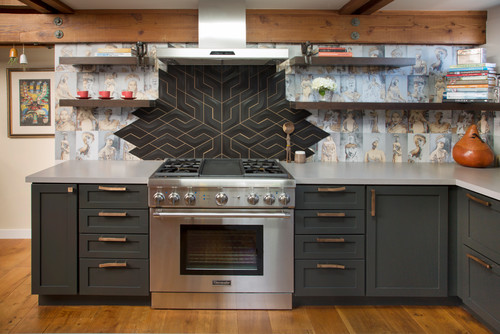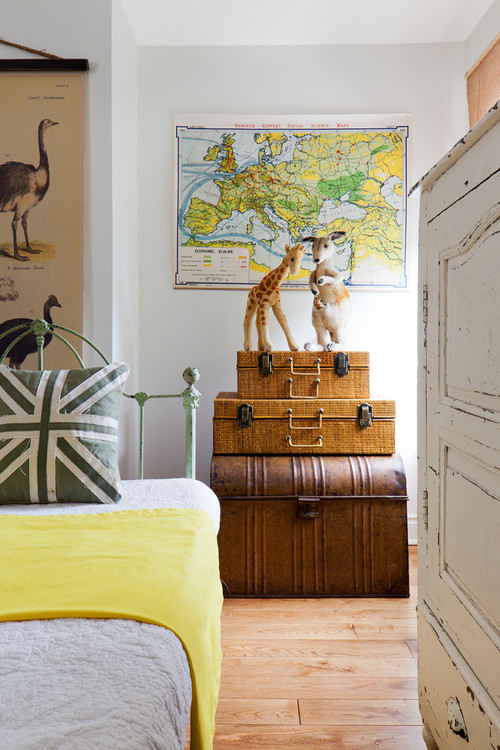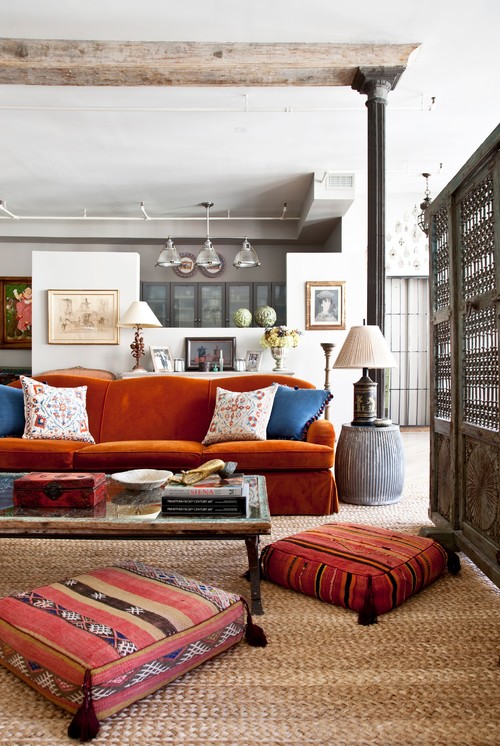Many new subdivision homes all look the same.
Sure, your neighbors' homes may have one bedroom more or less than your home, but they are basically all the same.
Everyone has beige or gray walls and carpet. Everyone has basic boring light fixtures.
Why not be unique and show your personality?
Here are a few ideas for adding unique elements to your home to make it one of a kind.  photo courtesy of Brent Eckley flickr.com/photos/96831183@N08/29447888350/Vintage and Antique
photo courtesy of Brent Eckley flickr.com/photos/96831183@N08/29447888350/Vintage and Antique
You could shop at your local home improvement store, department store, home decor store, or the craft store down the street for decorative items to go in your home, but that is what most of your neighbors do.
Consider shopping for one of a kind vintage or antique items instead for a unique style.
A vintage item is typically considered something that is over 50 years old. Once an item is 100 years old, it qualifies as an antique.
Vintage items are often less expensive and have loads of character compared to new store bought items.
Luckily, there are vintage pieces to go with most all decorating styles.
1960's items tend to compliment contemporary and modern spaces while 1940's items tend to compliment more traditional spaces.
You can look for vintage and antique pieces at antique stores, flea markets, garage sales, and your parents' attic.
When decorating, don't be discouraged by the current condition of the vintage piece.
Consider its overall shape and whether you could paint it, restain it, reupholster it, or rewire it to give it a new life in your unique home.
Unexpected
Decorate with something unexpected to be unique.
You can add huge oversized artwork, a modern item in a traditional room, or one bold colored object in a monochromatic room.
Ban the Beige
Remove most of the beige from your home bit by bit in order to have a unique home.
One of the easiest ways to start decorating is by painting the walls.
For a more modern art gallery look, consider painting over the beige a bright white.
Paint
When selecting a paint color, be bold, be unique, and don't be scared - its just paint.
You don't have to paint your walls a single color - consider painting them in stripes, plaid, or harlequin patterns.
You can also paint your kitchen or bathroom cabinets - consider painting them black, gray, navy, or red.
Baseboards and door trim do not have to be white - they can be black, tan, dark brown, or any color you select (they often look best when they are the same color throughout your home to create consistency).
Don't Forget Your Ceiling
The ceiling is often the most forgotten place in the home.
Let me guess - yours is white?
Consider painting it an accent color or decorating it some other way.
Architectural Elements
Add architectural elements to your home to make it one of a kind and unique.
You can add crown molding, a chair rail, stone elements, reclaimed wood floors, and more.
Don't forget about decorating with vintage architectural pieces such as vintage corbels, reclaimed wood, old doors, and vintage ironwork.
Far Away Places
The next time you are in a far away place, bring home a unique decorative item to remind you of your trip.
The item may become an interesting conversation piece in your home.
Make sure the item is large enough to demand attention where it is placed in your home.
First Impression
When someone visits your home, their first impression is the exterior of your home.
Don't settle for the 2 trees and 6 bushes that the builder put in your front yard (that are the same trees and bushes that your neighbors have).
Plant additional colorful bushes, flowers, and trees to give the exterior of your home character, just like the unique interior.
Rethink Everything
Rethink the way you have decorated in the past.
How can you rearrange your accessories to make the arrangement more unique and pleasing?
How can you decorate with an item in a way other than its originally intended purpose?
How can you switch items from one room to the next to make both rooms more unique?
How can you make your bed in an interesting one of a kind way?
How can you embellish an everyday item to make it more unique?
Can you decorate with normal things in abnormal places (such as interior furniture in a covered exterior space)?









